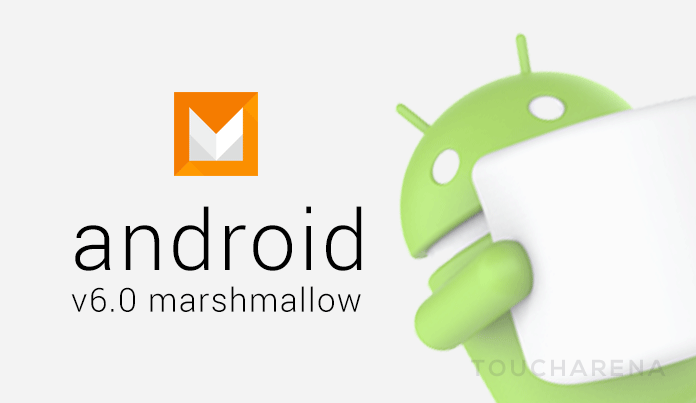The biggest change in Android 6.0 is a big one: Google finally switched from Dalvik to ART, the company’s new and improved runtime that promises improved performance and battery life. In addition to the usual bug fixes and stability improvements, Android 6.0 adds some new features to the mix. Here’s what you need to know about Marshmallow:
Released date
Android Marshmallow was released on October 5, 2015. It’s the first version of Android that has been designed from the ground up to work with 64-bit processors. It also offers improved battery life and performance and many new features. If your phone or tablet runs Android 5.0 or higher, Marshmallow is running. If not, you’ll need to upgrade your device to get all the new features.
The name “Marshmallow”
The name “Marshmallow” refers to a popular treat released during Marshmallow’s development cycle. Google usually gives each version of Android a dessert-related codename, but this time, they decided to skip that tradition and go with “Android 6.0” instead. It turns out they had good reason: there was no dessert on their schedule then! Instead, they wanted something sweet that would stick around for a while, so they named it after the Marshmallow because it was soft and fluffy like its namesake. The name stuck until release, when Google decided to change it up again so that we wouldn’t confuse it with Android 5 Lollipop (which also had candy-related names). So now we have just plain old Marshmallow instead!
Google Now On Tap
Marshmallow adds the “Google Now On Tap” feature, which allows you to press and hold the home button to access Google Now. Once you do, your screen will show a series of cards with information about what is happening in the app or the content on your screen. For example, if you are reading an article about an upcoming concert, tapping on the “More on this Artist” card will take you directly to that artist’s page on Google Play Music.
Doze Mode
Marshmallow also brought Doze Mode, which puts your device into a deep sleep state when it has not been used for an extended period. This will help to save on battery life when you are not using your phone.
The Doze feature is activated automatically when your device is not being used for an extended period. In this mode, the device will stop syncing data and receiving notifications, but it will still be able to check for new emails and take calls. Doze Mode kicks in automatically when the screen is turned off, and the device is stationary. However, if your phone is in your pocket, purse or backpack while you are moving around (and thus still getting a WiFi connection), then Doze mode will not activate until you stop moving around.
When you return to using your Android device after it has been idle for a long time, Marshmallow will have to “warm up” by applying some CPU cycles before all of its apps are up-to-date again – this can take up to 15 minutes depending on how long you have been away from it!
A new permission model
Android Marshmallow also includes a new permission model. This means you can decide which permissions an app has at runtime rather than upfront. The ability to revoke permissions is one of the most important changes in Android Marshmallow. You can now choose which apps can access your location, camera, microphone, contacts and more. You can do this by going into Settings > Apps and tapping the gear icon next to the app you want to manage.
With Marshmallow, Google allowed users to grant or deny individual app permissions at runtime instead of merely accepting or rejecting all permissions upfront. This means you can decide which apps can access your location, camera, microphone, contacts and more. You can do this by going into Settings > Apps and tapping the gear icon next to the app you want to manage.
USB Type C support
The first version of Android to support USB Type C was Android 6.0 Marshmallow. That was a long time ago, and a lot has changed. Because we all love newfangled technology, USB Type C is becoming more and more common on Android devices. It’s not just for charging anymore — it’s also the future of data transfer.
Native fingerprint sensor support
Native fingerprint sensor support was added with Android 6.0 as well. You can now use your phone’s fingerprint scanner for unlocking your device or making mobile payments through Google Play Store. This means manufacturers can build fingerprint sensors directly into their devices for secure authentication instead of relying on a third-party solution like HTC’s Sense ID or Samsung’s Fingerprint Scanner API.
Meta
Android Marshmallow is more than just a sweet flavour of Android. Marshmallow is Android version 6.0 and has plenty of new features worth checking out.



